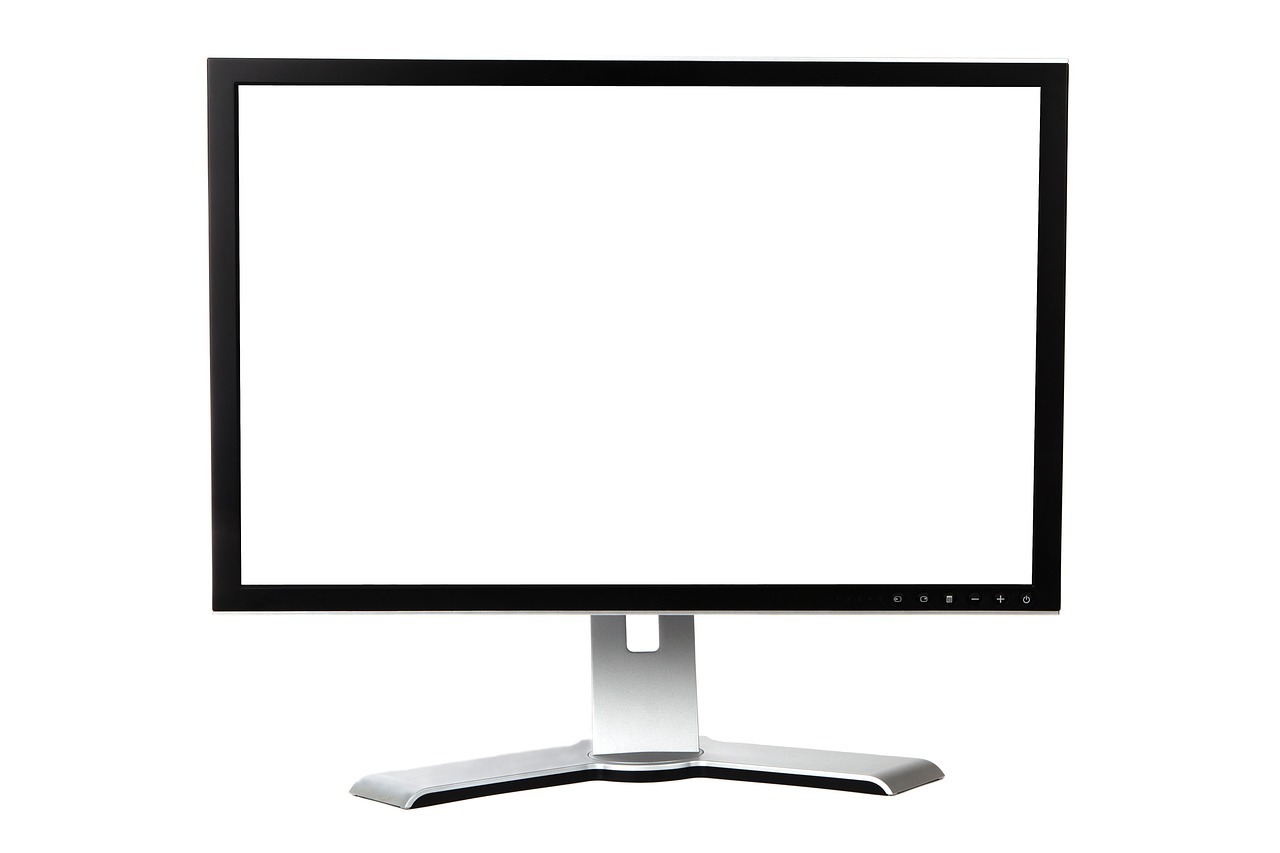Understanding the Role of Tech in Augmented and Virtual Reality
Augmented and virtual reality technology has seen rapid advancements in recent years, with significant improvements in both hardware and software capabilities. From the early days of bulky headsets and limited graphics to sleek, lightweight devices that offer immersive experiences, the evolution of AR and VR has been remarkable.
The integration of cutting-edge technologies such as artificial intelligence, machine learning, and spatial computing has pushed the boundaries of what is possible with augmented and virtual reality. These advancements have not only enhanced the quality of visuals and interactions but have also opened up new possibilities for applications across various industries, from gaming and entertainment to education and healthcare.
• Augmented and virtual reality technology has seen rapid advancements in recent years
• Significant improvements in both hardware and software capabilities have been made
• From bulky headsets and limited graphics to sleek, lightweight devices offering immersive experiences
• Integration of cutting-edge technologies such as artificial intelligence, machine learning, and spatial computing
• Advancements have enhanced the quality of visuals and interactions
• Opened up new possibilities for applications across various industries
The Difference Between Augmented and Virtual Reality
Augmented reality (AR) and virtual reality (VR) are two distinct technologies that offer immersive experiences to users. AR overlays digital content onto the real world, enhancing what the user sees, whereas VR creates a completely artificial environment for the user to interact with. The key difference lies in the level of immersion and interaction each technology provides.
In AR, users still see the real world around them but with added digital elements such as graphics, sounds, or videos. This technology enhances the user’s perception of reality by blending the digital and physical worlds seamlessly. On the other hand, VR completely replaces the user’s real-world environment with a simulated one, transporting them to a fully immersive digital space where they can interact with objects and environments in a virtual setting.
The Impact of Tech Advancements on Augmented and Virtual Reality
Augmented and virtual reality technologies have been significantly influenced by recent advancements in the tech industry. These innovations have paved the way for more immersive and interactive experiences in various fields such as gaming, education, and training. With the development of more powerful hardware and sophisticated software algorithms, AR and VR devices are now capable of delivering more realistic and engaging simulations to users.
Moreover, the integration of artificial intelligence and machine learning has further enhanced the capabilities of AR and VR technologies. These advancements have allowed for more personalized and adaptive experiences, making the virtual world even more indistinguishable from reality. As tech continues to evolve rapidly, we can expect to see even more groundbreaking developments in the field of augmented and virtual reality, revolutionizing how we interact with digital content and the physical world.
What is the main difference between augmented reality and virtual reality?
Augmented reality overlays digital elements onto the real world, while virtual reality creates a completely immersive digital environment.
How has technology advancements impacted augmented and virtual reality?
Technology advancements have allowed for more realistic graphics, improved tracking capabilities, and enhanced user experiences in both augmented and virtual reality.
What is the future outlook for augmented and virtual reality technology?
The future of augmented and virtual reality looks promising, with continued advancements in hardware and software expected to further enhance the user experience and expand the applications of these technologies.





